The outdoor space is an extension of your home’s design aesthetic. The colors you choose for hardscapes, plants, furnishings, and accessories have a profound impact on the overall feel and functionality of the space. Landscape design involves not just deciding which structural and decorative elements to include but also determining how color plays a role.
Hardscape hues
landscape design refers to non-living features used in yards and gardens like patios, retaining walls, walkways, fences, pergolas, and water features. The color choices you make for these structural components directly impact aesthetics and functionality. For instance, light-colored concrete or stone patios, benches, and walls reflect sunlight well, preventing glare and heat retention. These hues also visually widen small spaces. Darker neutral hardscapes like brown and charcoal, on the other hand, seem to shrink an area but cozily define it and require less cleaning. Redwood, cedar, and teak offer warmth and textural interest to pergolas, trellises, raised planter beds, and benches. Complement with analogous burgundy, sage, or mustard accents and accessories. Or opt for versatile black or white for high contrast.
Ubiquitous neutrals like gray and beige nicely blend into the surrounding nature without competing. Punch things up with bright ceramic planters or powder-coated garden furnishings in contrary jewel tones. Don’t forget horizontal surfaces when planning hardscape colors. For patios and walkways, integrally colored concrete offers long-lasting vibrancy and removal of any cracks or stains. Or gear up for regular sealing and staining if you prefer the artisanal look of natural stone or concrete.
Plant palettes
Foliage and blooms provide living color in outdoor rooms. Build a cohesive landscape design by repeating favorite tones throughout both permanent and ephemeral facets of your garden. Consider these ideas when selecting plants:
- Focal points– Choose a showstopper tree-like purple leaf plum, red Japanese maple, or golden locust to visually anchor the space year-round. Under plant with posies in similar or contrasting colors.
- Borders and beds- Mass cool hues like blues, whites, and silvers in shade beds for a soothing, contemporary look. Warm reds, oranges, and yellows heat things in sunny spots. Repeat these colors in the mixed perennial, bulb, and annual displays.
- Container garden- Make self-watering planters pop on patios, in clusters atop walls, or leading upstairs. Try trending combinations like mounds of purple petunias under planted with chartreuse sweet potato vine or trailing blue lobelia around red geraniums.
- Edibles -Expand your palate into the kitchen garden. Red and green lettuces, rainbow chard, purple beans, striped tomatoes and more add whimsy along with flavor.
- House integration– Soften architecture lines by echoing exterior paint or roof colors via adjacent flowering shrubs and trees. For example, play up a gray, white, and blue color scheme with panicles of Russian sage, mop head hydrangea, and agapanthus.
Lighting
Outdoor lighting serves both aesthetic and functional needs in landscape design. Illumination allows safe navigation along walkways and adds drama to trees, architectural facets, and water features after dark. During the daytime, lighting fixtures they catch the eye. Choose materials and colors that coordinate with or intentionally diverge from your color palette. For instance, utilize white string lights to subtly blend into mature trees and extend your landscape’s livable hours without detracting focus. Or opt for vivid powder-coated lanterns that pop against neutral walls to underscore dining and sitting areas. Solar-powered spot or path lighting avoids wiring while adding Style. Metallic finishes like brushed nickel, oil-rubbed bronze, and even colorful enamels complement contemporary or traditional schemes.

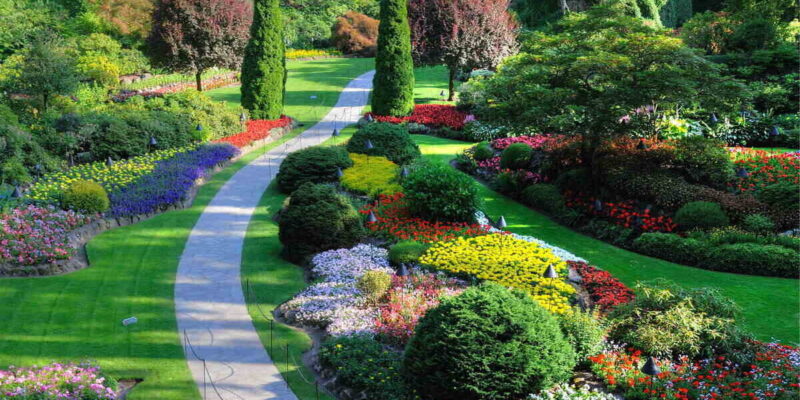


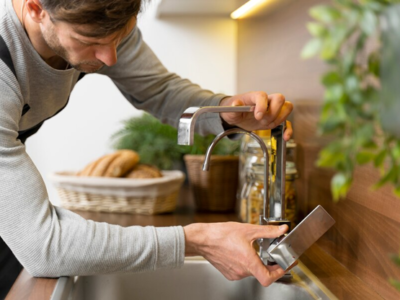
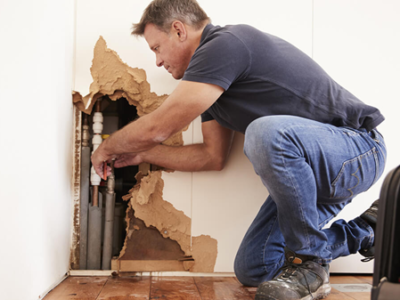
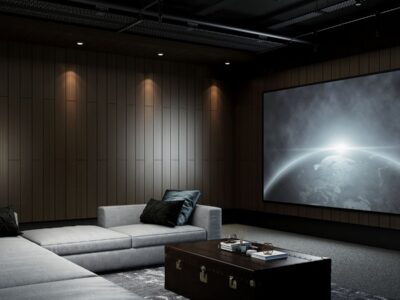
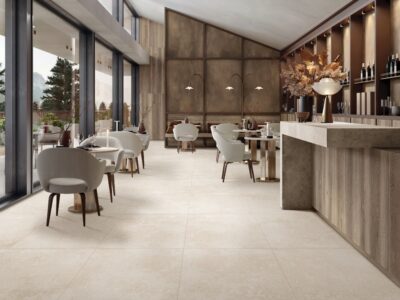


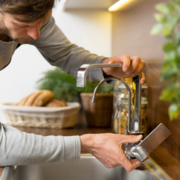
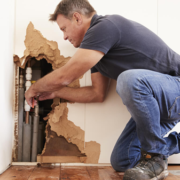

Comments